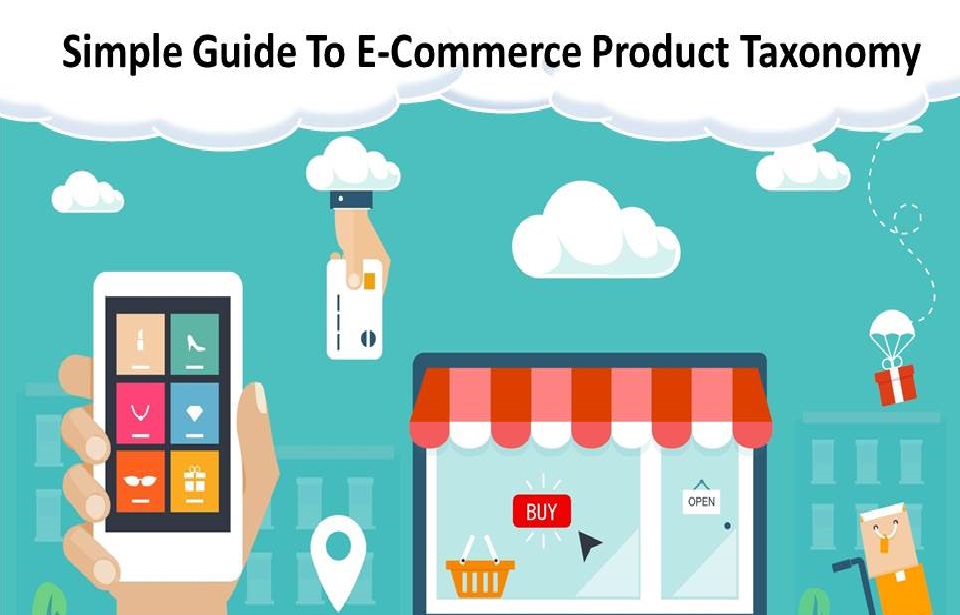E-commerce is here to stay, even with limited customer service, no instant gratification and no access to a physical store where you can touch and feel the product. The online platform provides 24x 7 services and the amount of selection one gets to see on online cannot be matched in a physical store. With such advantages, e-commerce has changed the way we shop. Presently, it consists of only 8% of the total retail sales in the US, but the situation is here to change with increasing usage and a growing preference for purchasing online. This article seeks to look at trends which suggest how the e-commerce domain is changing as we go through 2017. Some of the trends are:
Shopping on the Mobile
We have seen in recent years that there is a shift in consumer behavior towards mobile. And as we move forward, there will be more movement towards this medium. The number of searches emanating from a mobile exceed that of a desktop and more websites are making themselves mobile ready. It must have come to everyone’s notice that Google is slowly removing sites that do not cater to a mobile experience. It is becoming increasingly clear that the way forward is mobile. Having said that, it is known that mobile still lags behind desktop when it comes to conversions. People like to search for their online goods on mobile, but prefer make the purchase on the desktop. This means there aren’t separate consumers for mobile and desktop. This only means at times, it is the same consumer, who searches on the mobile and later purchases through a desktop. This is seen as a habitual fact and will take time to see any improvement. But as we see more smartphone penetration and new technologies like AI (Artificial Intelligence) assistants getting included to smartphone devices, the future definitely looks brighter for mobile.
Mobile Payments or E-wallets
Gone are the days when going cashless meant using the credit or debt card, today, people are turning towards contactless mobile payments. There is an array of companies offering services catering towards mobile payments. It is estimated that mobile payments by 2021 are going to reach $3 trillion dollars. While, it is a lot of money getting transacted on small screens, mobile payments will only equate to 11 percent of all transactions made, a jump from the modest 5% in 2016. As we see more e-commerce companies adopt mobile payments as the preferred mode of payment, there is a world of possibilities that are emerging such as digital loyalty and reward programs. With the increased spread of smartphone and more user-friendly apps, it will further cement the prospect of convenient payment through mobiles. In the US, where the mobile based e-commerce is going to grow the largest, the mobile payment’s ratio of e-commerce is expected to increase from 20% in 2015 to 46% in 2020.
Personalization and customization
Already users are seeing customization from Netflix and Amazon, these channels with large amount of data from users are able to target customers in a personalized way. Till now customization was exclusively a domain of the big e-commerce retailers, but 2017 will see the small retailers also venturing in with highly targeted ads and embrace personalization. They will start with collecting behavioral data from each website user and send highly targeted campaigns based on customer segments and previous online experiences. This would mean each user who comes to the website will have unique experience from the brand, if he/she is a repeat customer.
Same Day Delivery
2017 will see more e-commerce companies taking the step towards same day delivery instead of the normal 3-5 business days. While the trend was started by Amazon prime, the flexibility of delivery options would become a key differentiator in e-commerce domain. According to one study, 29% of the users were keen to pay extra for same day delivery. In today’s world of online commerce, logistics will play a key role in defining the future of e-commerce players. Every online retailer, who is there for the long run is working towards building a strong logistics network and up the game by making delivery of goods as fast as possible for its valued customers.
Social Selling
We are seeing a lot of noise on social network about including “buy“ buttons on these networks. These social networks have a vested interest in making this work, because they have people who visit their sites regularly. By leveraging their traffic for selling is the new strategy on social networking sites, since people like to include their friends in the purchase decisions. Social media users can now buy items without ever having to switch to a different more traditional e-commerce site. The ability to offer your products and services directly through social media platform represents the essence of social selling phenomenon, which is gaining traction as we go through 2017. Sales can increase and sales costs will drop by applying social media to the online sales process effectively. This also concerns with using the true power of social media to acquire more leads and with that more turnover.
Exceptional Content or Inbound Marketing
Brands which are ahead are putting out exceptional content in the digital space. Good e-commerce marketers know they have to consistently stand out by producing exceptional content to attract and convert prospects into customers. In 2017, we are going to see more content marketing strategies and as the brand looks for conversion with content, great pieces of content will be created and this content will reproduced in various forms such as blog-posts, e-books, pod casts, info-graphics, data visualizations and videos etc. After which, focus should be on measuring the response of each content and focusing only on promoting the content on the successful 3-5 channels.
Chatbots
This is one of the unique feature to look-out for in 2017. We will see the rise of chatbots led conversation on most of the e-commerce sites. Chatbot is a robotic agent that will help customers simulate intelligent conversation about the product and service, while they browse through the site, through a messaging app. About 49% of the respondents according to a study preferred to chat on a messaging app than being on the phone. With increasing speed with which customer’s are making buying decisions, we are going to see more of these ubiquitous chatbots on most of the online retailer sites. Chatbots would be able to answer queries or concerns concerning a purchase, without being put on hold by customer service which is the norm.
These are the trends that will occupy e-commerce companies for the coming 2017. If you are an e-commerce business owner, it is best for you to hire a virtual assistant (VA) from GetFriday to help you with your business. The VA will not only ensure your business is streamlined but also give you the much needed time to strategize your business.








